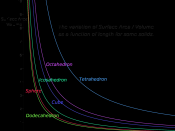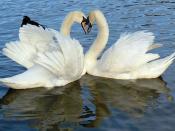Lecture 2:-To get blood flow through the tube you need a pressure gradient-Valve helps keeping the blood moving in one direction not coming back-Vena cava drains most of the body-Blood pumped into the lung during systole (contraction of the heart)-Blood go back from the lung to the left atria of the heart through the pulmanary veins-Aorota pumps blood to the all part of the body expect lung-Because the blood in the artery tend be on higher pressure than other vessels. The artery tends to be thick and elastic. This elastic contraction however helps the artery pump the blood through it-Venule: connected capalliray with vein and it is the site of white blood cell stick and then leave the tissue at site of infection-aorta has higher pressure compare to the other vessels because blood should go to the rest of the body, pulmonary artery doesn't have as much pressure as in Aorta because pulmonary artery carries blood from heart to the lung-Systole is when the heart is contracting( stroke volume) and diastole is when the heart is in relaxation-Cardiac output: is how many blood is coming out of the ventricles in one minute-Stroke volume: is how many blood is coming out of the ventricles in one beat-Cardiac output = stroke volume x heart rate( cardiac output and stroke volume are both mentioned inSV = EDV - ESV-If radius doubled, the blood flow increase by a factor of 16-If the length of the tube doubles the blood flow is decrease by a factor of 2-If the viscosity increases the blood flow will decrease-Gas exchange: unlike animals that are very small, air diffuses from outside to the inside, however, for us (humans) this is imposible because of our large size.
So to get the oxygen to the tissue, we increase surface...


